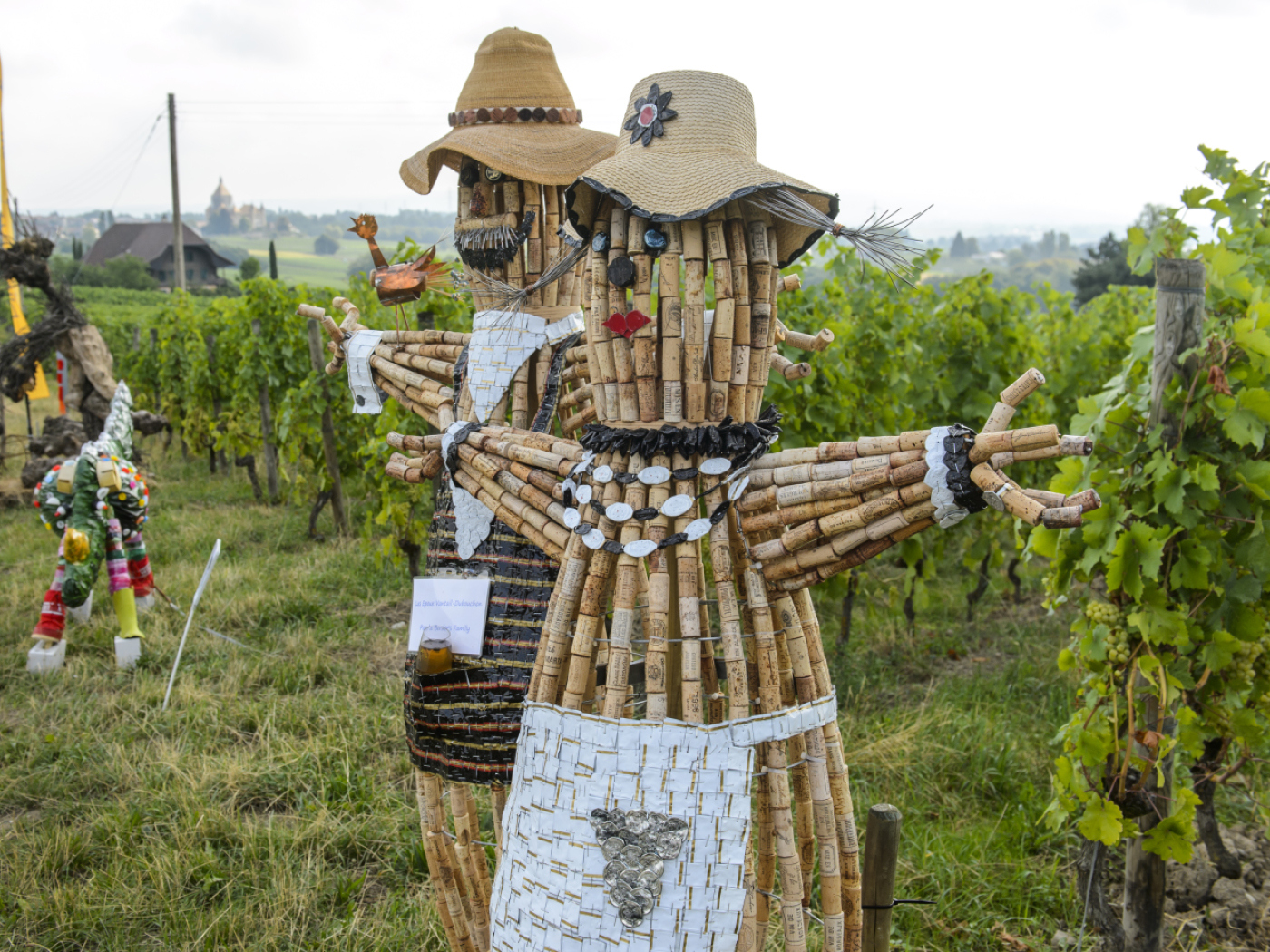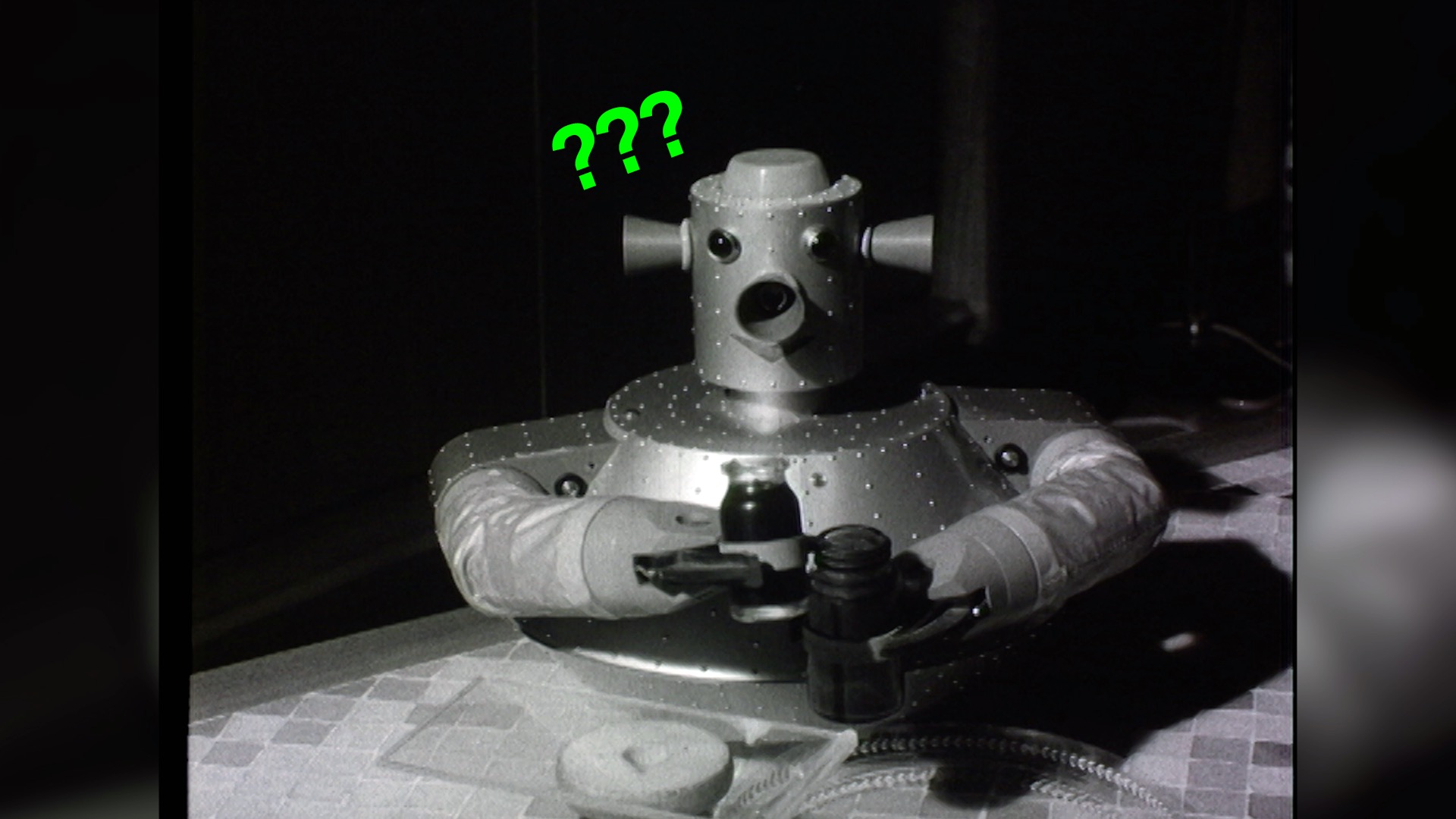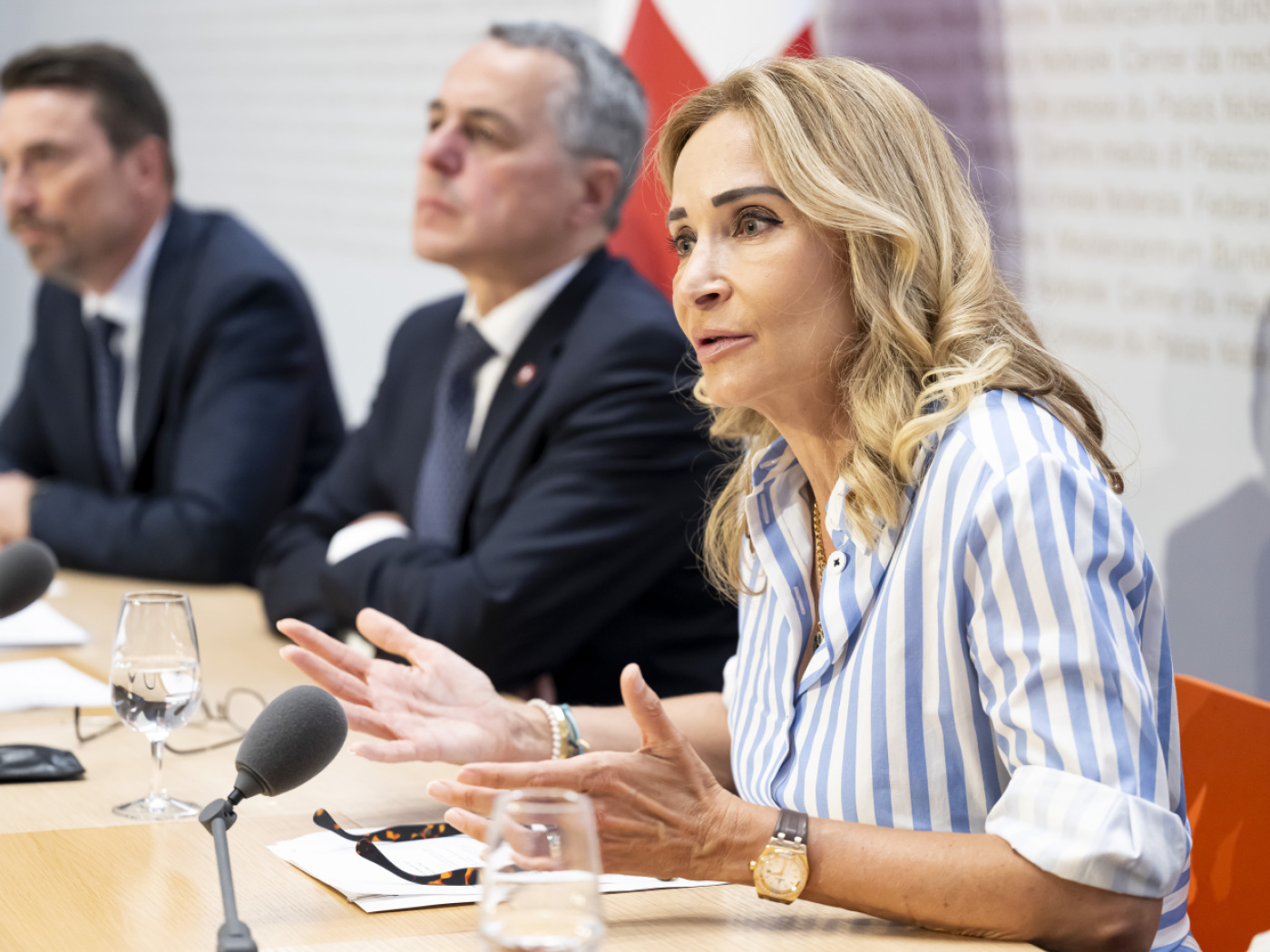
The challenge Agroscope wants to address is the fact that corvids quickly become accustomed to acoustic scare effects such as horns, scarecrows or balloons.
Keystone-SDA
The Swiss agricultural research centre Agroscope wants to outwit corvids with the help of artificial intelligence. It is currently testing a system to more effectively prevent damage to agricultural crops caused by crows and rooks.
+Get the most important news from Switzerland in your inbox
Agroscope said on Thursday that birds of the crow family, or corvids, can cause major damage, particularly in freshly sown maize and sunflower fields.
The problem is that the animals quickly become accustomed to acoustic scare effects such as horns, scarecrows or balloons, which are currently being used. Even shooting to regulate the populations has not proved effective, it said.
Agroscope thus wants to find a way to be faster “than the animals’ ability to adapt to measures,” Thomas Anken from the centre’s Smart Technologies in Agriculture Research Station said in a press release. “The crops are only at risk for a few weeks, but the corvids learn very quickly.”
More

More
Artificial intelligence explained
According to Agroscope, one possibility is to create intelligent scarecrows with a detection camera and horn. Outwardly, they have little to do with their analogue counterparts: a photo attached to the press release shows a metal construction with a solar panel, but without clothes made of rags and a hat. Corresponding prototypes are currently being tested in several fields.
Thereafter, a corresponding system is to be developed from 2026. Financial support for this project is being provided by the Federal Office for Agriculture.
As part of the project, the researchers also want to analyse the warning calls of different species of corvids in different areas. Regional differences, or “dialects” of the birds, will also be taken into account.
What is your opinion? Join the debate:
Translated from German with DeepL/gw
We select the most relevant news for an international audience and use automatic translation tools to translate them into English. A journalist then reviews the translation for clarity and accuracy before publication.
Providing you with automatically translated news gives us the time to write more in-depth articles. The news stories we select have been written and carefully fact-checked by an external editorial team from news agencies such as Bloomberg or Keystone.
If you have any questions about how we work, write to us at english@swissinfo.ch.













